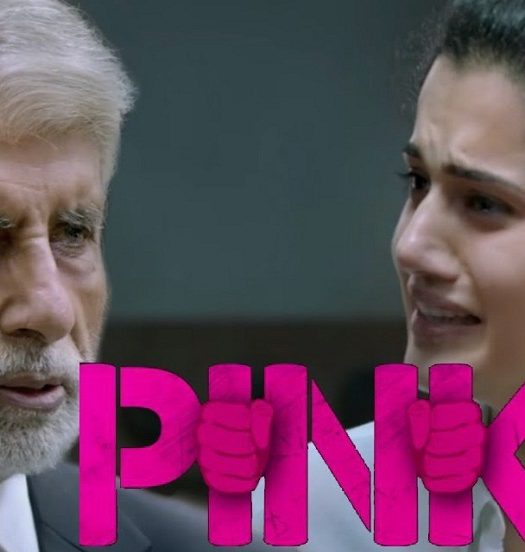‘..at the end of the day, it’s the emotions that make their way to your heart.’ ~Nishil Sheth
Bhasmasur is a film about Dhaanu, his son Tipu, their donkey and their journey from the lands of Rajasthan to the town, by foot. As they walk to the town, along the journey, numerous events take place, bringing the father and son closer. Nishil Sheth, the director, talks about the process of writing Bhasmasur, the universality of emotions and how a good crew makes a good film.

Nishil Sheth
While growing up in the cities we are often not aware of the realities of the interiors of our country. While writing a film which is essentially based in rural India, how do you manage to connect with certain aspects that are very distant realities for the urban dwellers?
The idea for Bhasmasur came to me from a story in a newspaper. When I read it first, it suddenly caught my attention and it didn’t leave my head for a while. So, while developing the idea, the magnitude of a village reality never really hit me in that way. I was very unaware of these things, personally. So, it was more of trying to understand why this particular incident took place. This was self-discovery for me. Having said that, when you sit down to write something, at the end of the day it’s the emotions that make their way to your heart. An emotion stays universal irrespective of the setting. And Bhasmasur is a movie which connects on an emotional level. Also, mid-way through our writing process, we stayed in the village to get those little nuances in place. So, the writing naturally became rooted over the course of time.
Why did you choose this particular landscape for this film?
It’s a film that portrays a journey. So, it was very important to keep a certain level of aridness in the frame. We went to different places like Ratnagiri but somehow things didn’t work out. And zeroing down on the locations that have been used in this film was very instinctive. The landscape seemed picture perfect for the sort of storytelling that the film has to offer. Another thing is that this is a complete indie project. So, we were very clear from the start on not deploying hefty production as in the dolly, cranes or jimmy jib. And, it was a very small crew of about 13-15 people. Hence, we wrote it in such a way. Natural light also played a big role. We played a lot with natural light and sometimes we used to wait for a particular shot just to get the right amount of exposure and light.
What advice would you like to give to other filmmakers who do not have the funds to make their films? Would you recommend crowdfunding to them?
See, honestly, I don’t feel that I’m in a space to give recommendations to anyone but one thing I can say from my experience that I don’t think funds today are an issue. If you look at Rima Das, she has made Village Rockstars entirely on her own. So, my point is that if you have a good crew, you will automatically deliver good content. Things like funding follow the dedication of a team, of course, it may take a while but it will come at the right time.



